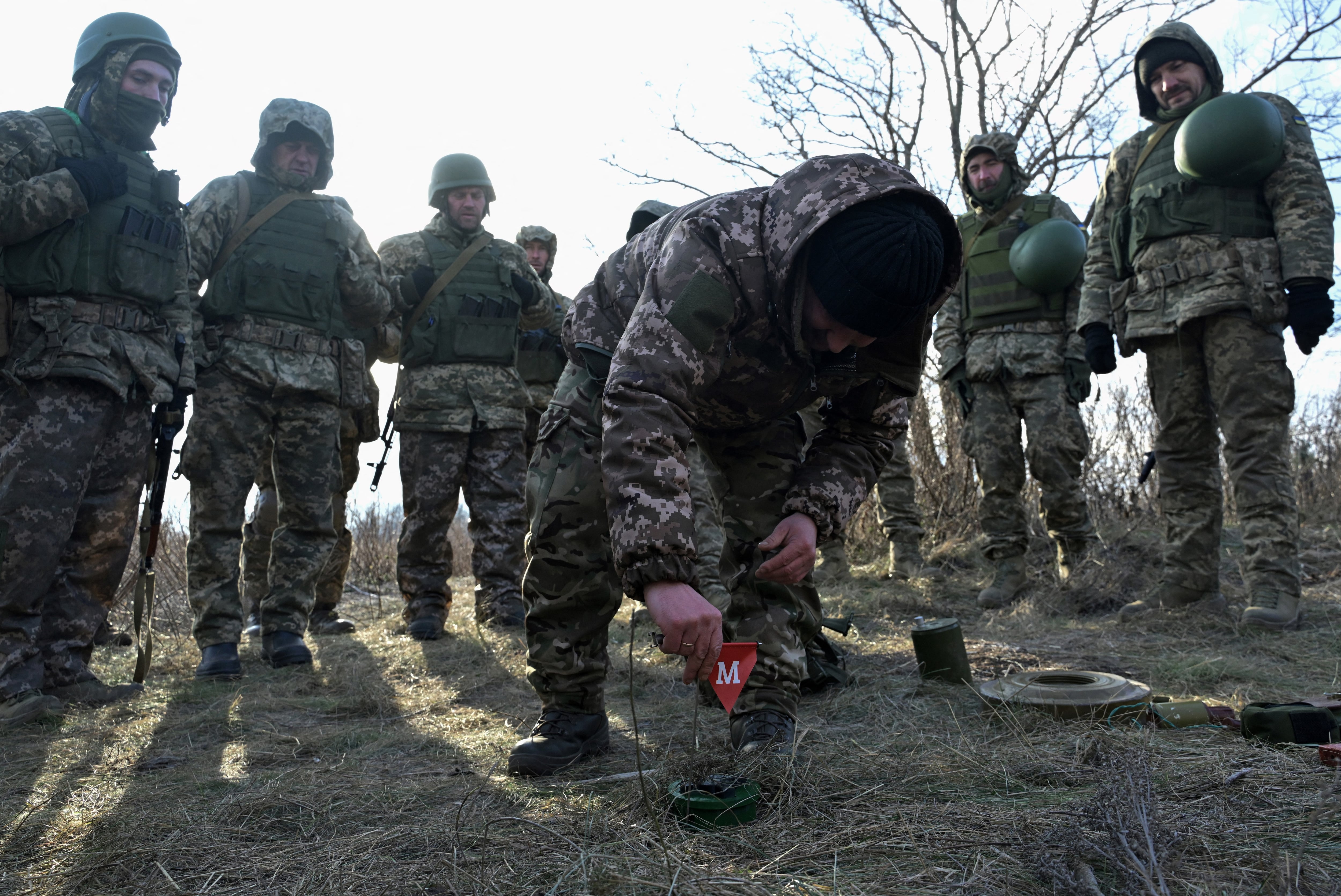Editor’s note: This story was updated Monday, Dec. 2, 2024, with additional reporting by Defense News and The Associated Press.
The U.S. is preparing to send Ukraine an additional $725 million in military assistance, including counter-drone systems and munitions for its High Mobility Artillery Rocket System, which could indicate more of the longer-range missiles are headed to the battlefield.
It was unclear whether the munitions for the HIMARS are the coveted ATACMS — the Army Tactical Missile System — but Ukraine has been pressing for more of the longer-range missiles to strike additional targets inside Russia.
RELATED

The package, announced Monday by the State Department, also includes more of the anti-personnel land mines that Ukraine is counting on to slow Russian and North Korean ground forces in Russia’s Kursk region.
President Joe Biden has pledged to spend all of the military assistance funds Congress approved earlier this year for Ukraine before the end of his administration on Jan. 20, which before Monday's news included about $7.1 billion in weapons that would be drawn from the Pentagon’s stockpiles.
There is widespread speculation about what the new Trump administration will mean for Ukraine as the incoming president has promised to end the conflict. In a major shift, Ukrainian President Volodymyr Zelenskyy signaled on Friday that an offer of NATO membership to territory under Kyiv’s control could end “the hot stage of the war.”
As of Monday morning, the Pentagon had the authority to send $6.8 billion in equipment to Ukraine and around $5 billion to replace what it sent, though those figures don’t account for the latest package. It also has another $2.2 billion in long-term security aid through a separate program intended to sustain support over time.
“The bottom line is, at the president’s direction, we will spend every dollar that Congress has appropriated for Ukraine and to replenish our stockpiles,” said Pentagon spokesperson Maj. Gen. Pat Ryder in a Monday briefing with reporters.
Still, at the current pace of one security package every two to three weeks, the U.S. is not on pace to spend that money by Jan. 20, when Trump will take office. The Pentagon is limited by the size of its inventories, which can’t dip below a certain level lest it jeopardize its own ability to fight in a crisis.
When asked about that rate, Ryder wouldn’t discuss the possibility that money is leftover.
“We’ll continue to do everything we can to ensure that Ukraine is getting the aid,” he said.
Defense Secretary Lloyd Austin spoke to his Ukrainian counterpart early Monday, discussing the front lines and Russia’s attack on the city of Dnipro with an intermediate-range ballistic missile, designed to carry a nuclear warhead.
“Secretary Austin provided Minister [Rustem] Umerov with an update on the continued surge of U.S. security assistance to Ukraine to provide the capabilities it needs to defend against Russian aggression,” the Pentagon said in a readout of their call.
Noah Robertson is the Pentagon reporter at Defense News. He previously covered national security for the Christian Science Monitor. He holds a bachelor’s degree in English and government from the College of William & Mary in his hometown of Williamsburg, Virginia.








